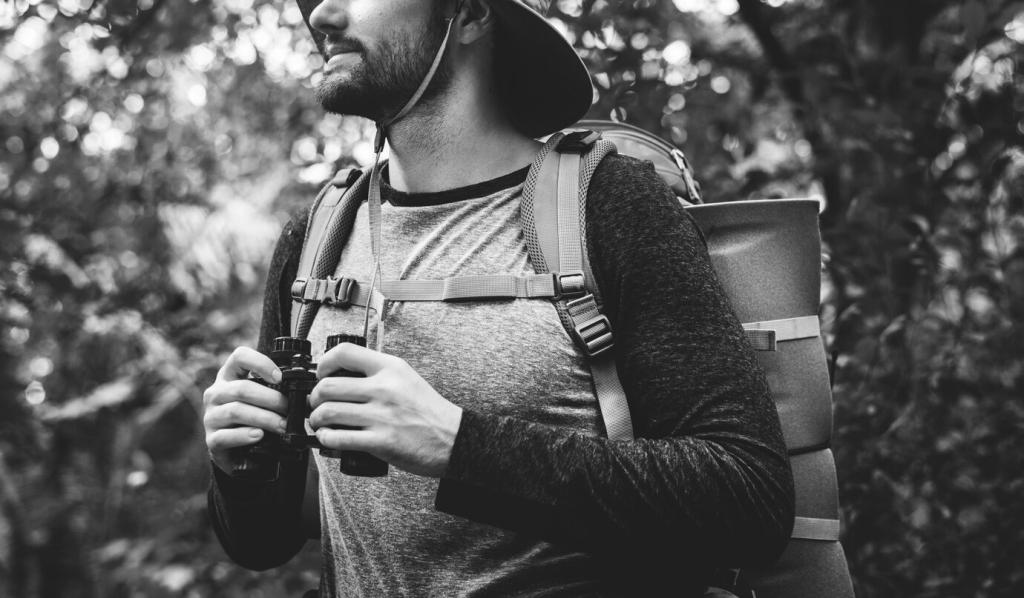Trail-Proven Habits to Stay Warm Without Overheating
Crack zippers, loosen cuffs, and pop a beanie into a pocket before sweat builds on steep grades. One guide swears this simple habit spared frozen sweat chills on a blustery traverse above timberline.
Trail-Proven Habits to Stay Warm Without Overheating
As soon as you stop, throw on a belay-style puffy before heat leaks away. Many hikers recall their coldest moments when they waited even two minutes too long to insulate at the viewpoint.
Trail-Proven Habits to Stay Warm Without Overheating
Warmth is metabolism. Pack quick calories, sip regularly even when you do not feel thirsty, and bring an insulated bottle sleeve. Readers often report fewer cold toes after fueling steadily during rolling climbs and windy descents.
Trail-Proven Habits to Stay Warm Without Overheating
Lorem ipsum dolor sit amet, consectetur adipiscing elit. Ut elit tellus, luctus nec ullamcorper mattis, pulvinar dapibus leo.







